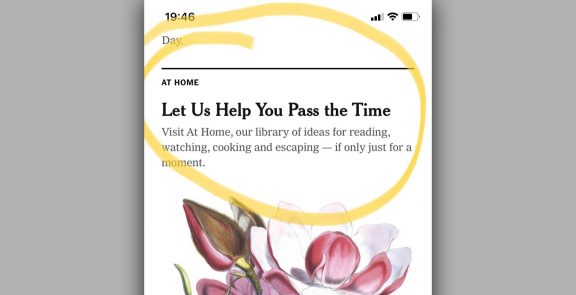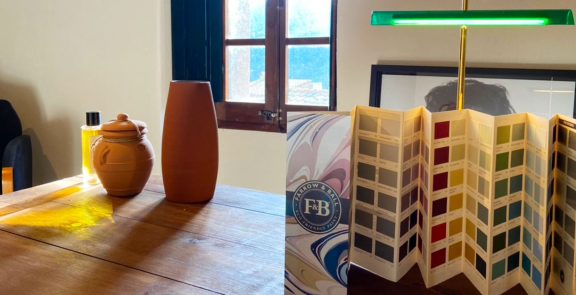

Summer Edition 3/5: Five works of art
Summer puts the need that we assign to many of our brands to the forefront: unwind. We take a break (do a KitKat) for a few weeks – which is what we all aspire to: to see our product lending its name to a consumption moment, we disconnect from everything and, if you are a member of The Catch, take advantage of it to recharge the inspirational batteries.
Here is The Catch: Summer Edition, a series of five entries in which we will recommend a variety of content to feed your curiosity over the summer.
Rest, enjoy, explore. Happy summer!
Why these works of art?
We don’t want to go through experts or art critics, so this week’s recommendations are made using only the criteria of inspiration. We have selected five works of art that are helpful when it comes to understanding the world around us, arousing curiosity and empathy towards groups and cultures that we have never stopped to appreciate in detail and that perhaps appear in our objectives and studies.
The audiovisuals by Emin and Dijkstra have an enormous capacity to capture you from what they explain, who they talk about and how they choose to do it. Whether explaining their past or displaying key moments in the development of the personality in an apparent way, both artists capture and inspire masterfully.
The same applies to the Goldin and Murakami pieces, which challenge us to approach groups and cultures differently and with a very high dose of rawness expressed, each in a completely different way, and making use of media and narratives beyond the usual.
Finally, as for Hirst’s piece, it is better not to give anything away and let it surprise you by itself.
- The Ballade of Sexual Dependency (Nan Goldin, desde finales 1970)
- And Then, And Then And Then And Then And Then (Takashi Murakami, 1994)
- Why I never became a dancer (Tracey Emin, 1995) (https://www.youtube.com/watch?v=MhCa_71LWhg)
- The Buzz Club (Rineke Dijkstra, 1996) (https://www.youtube.com/watch?v=G-kNxcguaMM)
- Treasures of the Wreck of the Unbelievable (Damien Hirst, 2017)(https://www.youtube.com/watch?v=hwfjymPx8kM)
Where can I find out more?
As well as researching the artists and the reasons behind their proposals, it is interesting to focus on:
- Defying the established limits: it sounds hackneyed and probably obscene from a critical view of the arts, but for us these pieces have to help us understand that there are no limits in any discipline or category. And that the artist does what the consumer does: they decide what art is and what a category is.
- Empathy and lack of prejudices: these works of art force us to leave prejudices at the door. You can’t get into these artists’ proposals without empathy and without a conscious effort not to project your own taste and judgements concerning taste on the proposals. If you have to leave Punta della Dogana half way through Hirst’s exhibition, it should be because it’s boring you, not because you feel cheated.

